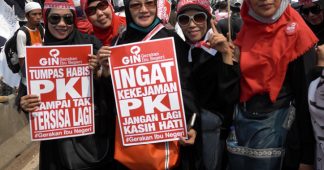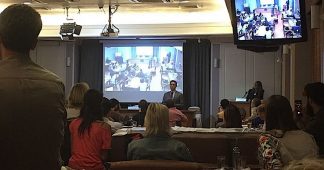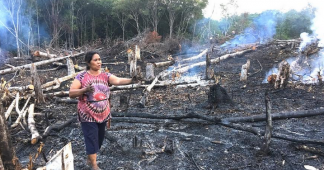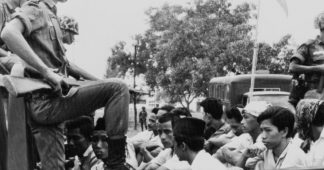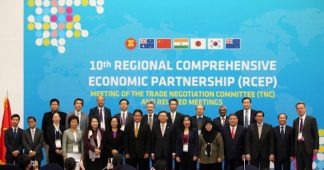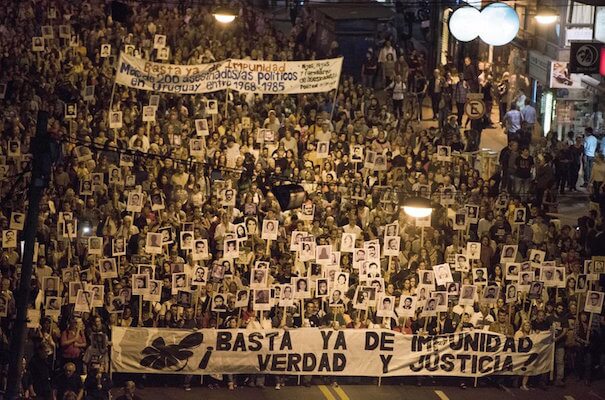From Jakarta, Surabaya, Bandung, Samarinda and Pontianak, text and photos: Andre Vltchek
Several years ago, a prominent Indonesian businessman who now resides in Canada, insisted on meeting me in a back room of one of Jakarta’s posh restaurants. An avid reader of mine, he ‘had something urgent to tell me’, after finding out that our paths were going to be crossing in this destroyed and hopelessly polluted Indonesian capital.
What he had to say was actually straight to the point and definitely worth sitting two hours in an epic traffic jam:
“No one will be allowed to build comprehensive public transportation in Jakarta or in any other Indonesian city. If a mayor or a governor tries and defies the wishes of the ruthless business community which is in fact controlling most of the Indonesian government, he or she will be dethroned, or even totally destroyed.”
These ‘prophetic’ words are still ringing in my ears, several months after the complete destruction of the progressive Jakarta governor, known as Ahok (real name: Basuki Tjahaja Purnama), who tried very hard to improve the seemingly ungovernable and thoroughly destroyed city, constructing new mass transit lines (LRT), restoring old train stations, cleaning canals, attempting to build at least some basic net of sidewalks, as well as planting trees and creating parks.
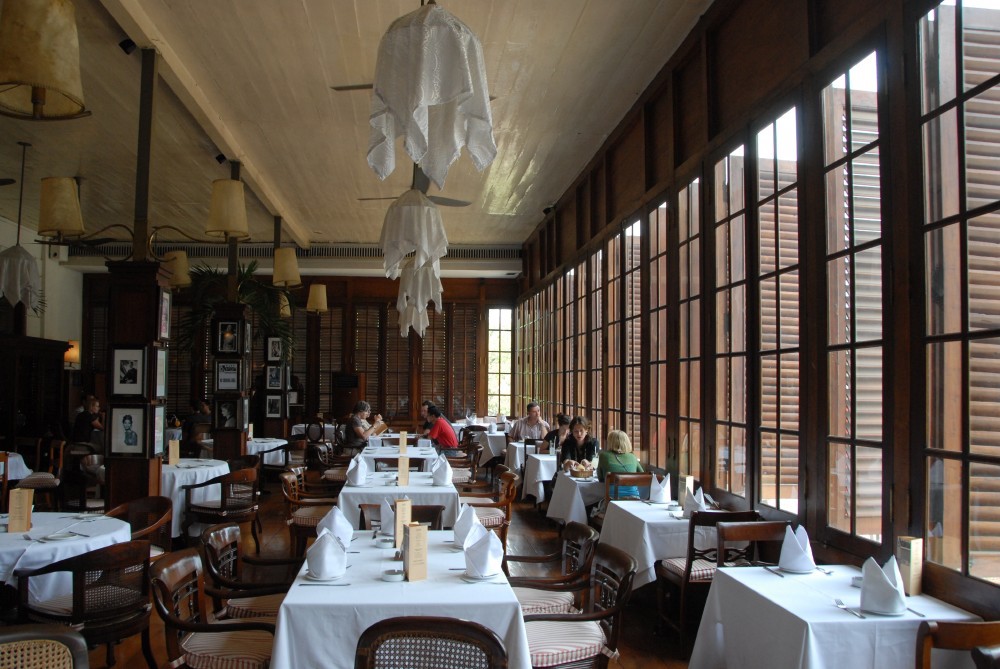
After Ahok’s first and extremely successful term in office, the opposition consolidated its forces. It consisted mainly of the Islamists, big business tycoons, and the military as well as other revanchist cadres (almost exclusively pro-business and pro-Western individuals) that are still controlling Indonesia.
‘Ahok’, an outsider and an ethnic Chinese, patently lost.
Instead of coming to his rescue, several ‘prominent’ but corrupt city planners and architects, most of them enjoying funding from abroad, shamelessly joined the bandwagon of ‘Ahok bashing’.
But even defeating Ahok was not enough. He had to be punished and humiliated, in order to discourage others from trying to replicate his socially-oriented example. Already during the election campaign, charges were brought against him, alleging that he had ‘insulted Islam’ during one of his public appearances. It was total nonsense, disputed by several leading Indonesian linguists, but in a thoroughly corrupt society (both legally and morally) it simply worked.
On May 9, 2017, ‘Ahok’ was sentenced to two years in prison, and unceremoniously thrown into the dungeon.
Since then, many of his projects have stopped totally, or at least were significantly slowed down. A disgusting filth has once again began covering Jakarta’s canals and rivers.
For those who still believed in miracles, all hopes died.
Those ‘city planners’ who still conveniently believe that one can ‘work with’ the present regime (they call it ‘government’) correctly assumed that it was once again ‘business as usual’.
As ‘Ahok’ was being thrown behind bars, huge sighs of relief were almost detectable all over this misfortunate archipelago! Everything has returned to ‘normal’, at least for those who have been benefiting from the collapse of Indonesia and its cities.
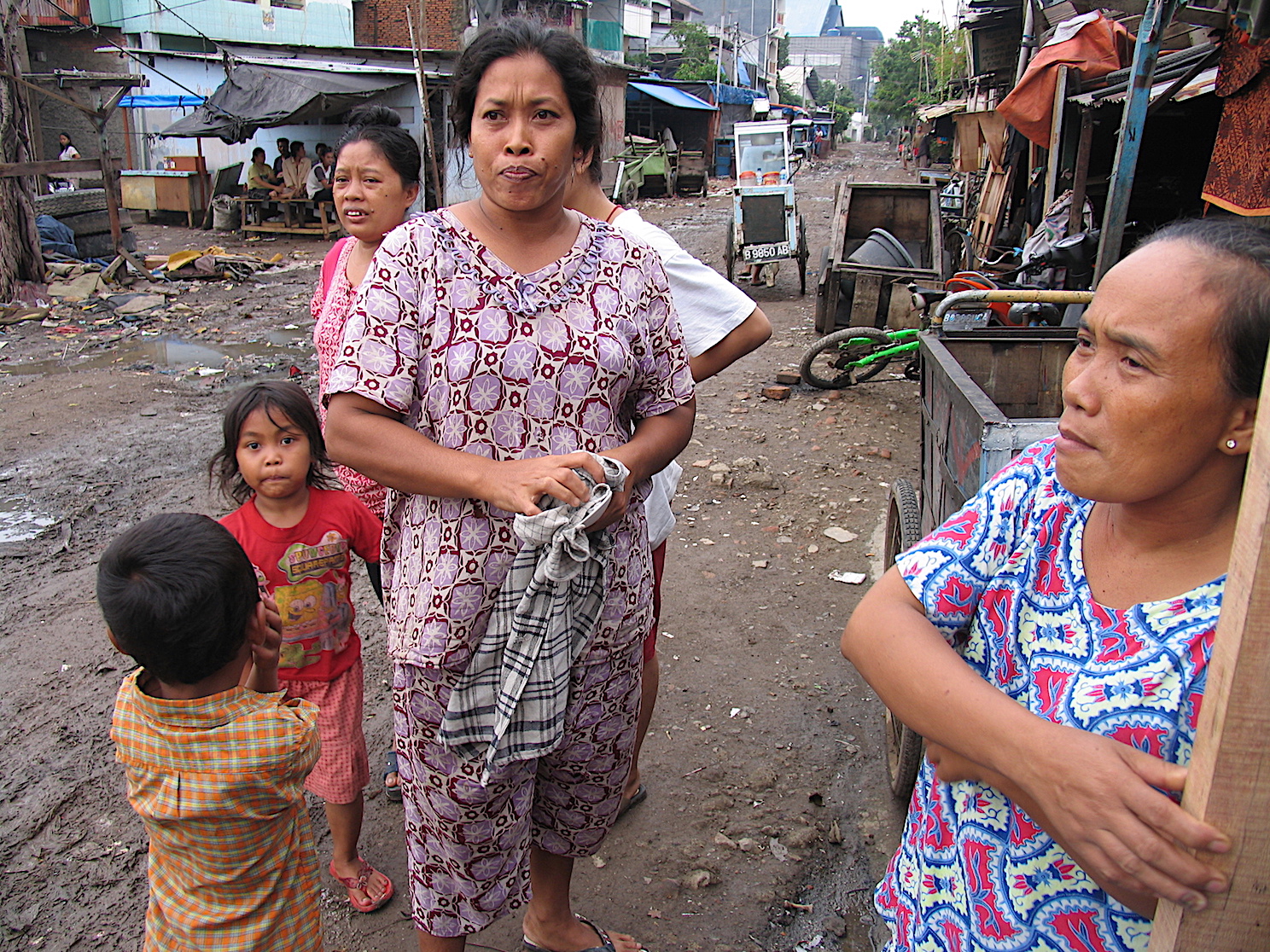
The clock of Indonesian history was turned back. It is now almost certain that at least for several upcoming decades, all Indonesian cities will remain what they are now – a living hell, the worst nightmare, and indisputably some of the most horrid urban areas found anywhere on Earth.
But readers abroad are not supposed to know all this. Indonesian people are not supposed to understand the situation. It is now all biasa – ‘just normal, just fine. Everything is fine. Read those ANU (Australian National University) papers and you will learn that ‘Indonesia is now a normal country, like Brazil or Mexico’. Nothing extraordinary is taking place.
* * * * * * *
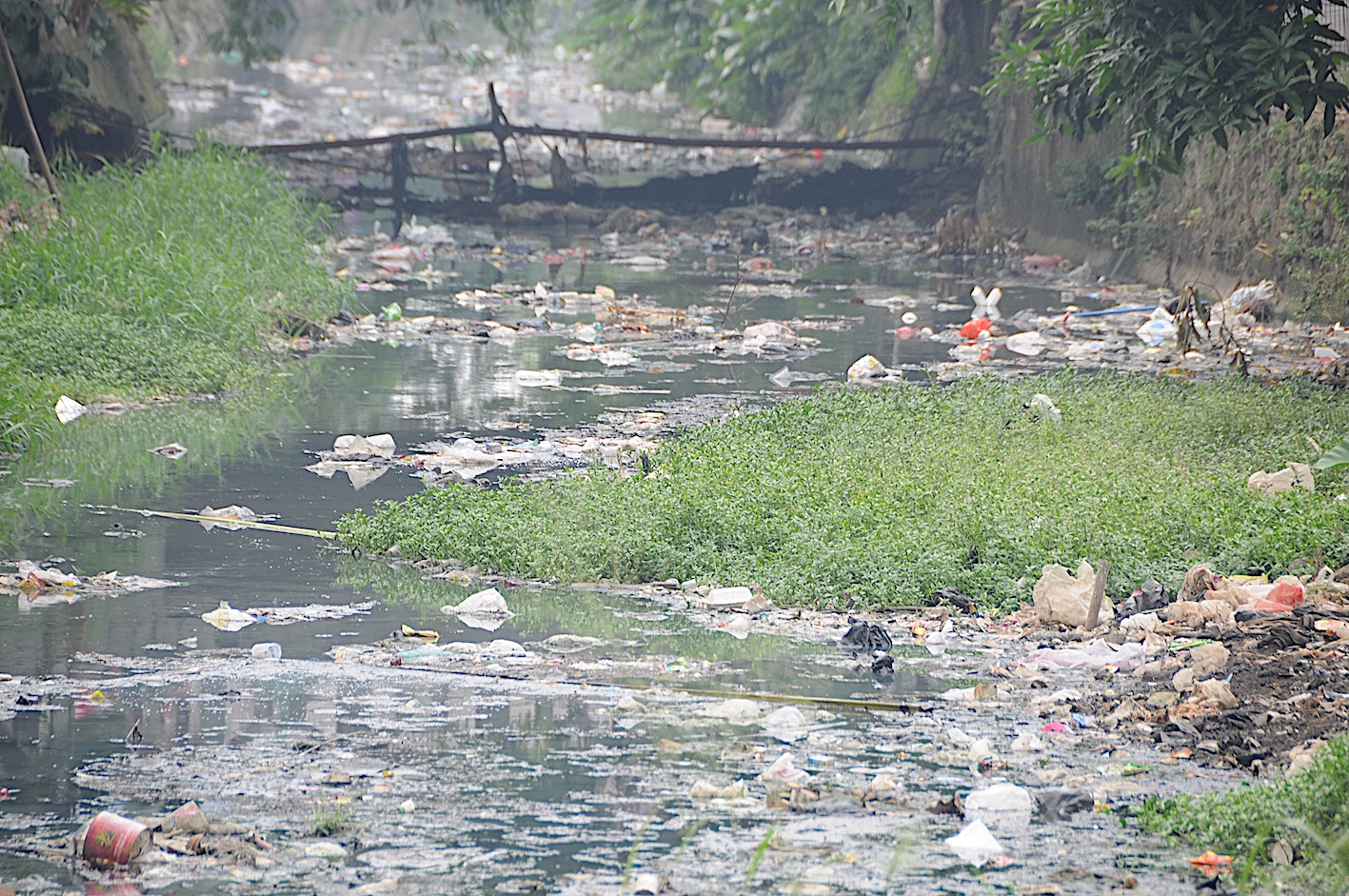
In reality, everything has collapsed. The cities have.
Not metaphorically, not hyperbolically, but concretely, practically.
A renowned Australian artist, George Burchett, who now resides in Hanoi, Vietnam, once visited Jakarta. For several weeks we travelled together all around the Indonesian archipelago. He was shocked and depressed. Before departing, he declared:
“I saw many cities, all over the world. Cities are built for the people. For the first time in my life, in Indonesia, I saw the cities that are actually built not for the people, but against the people.”
It is because Indonesian cities are fascist. They do not serve the needs of its citizens. On the contrary, they are designed to extract that little which is still left in the possession of the common Indonesian folks; extract and give it to the local rulers, as well as to the multi-national companies.
* * * * * * *
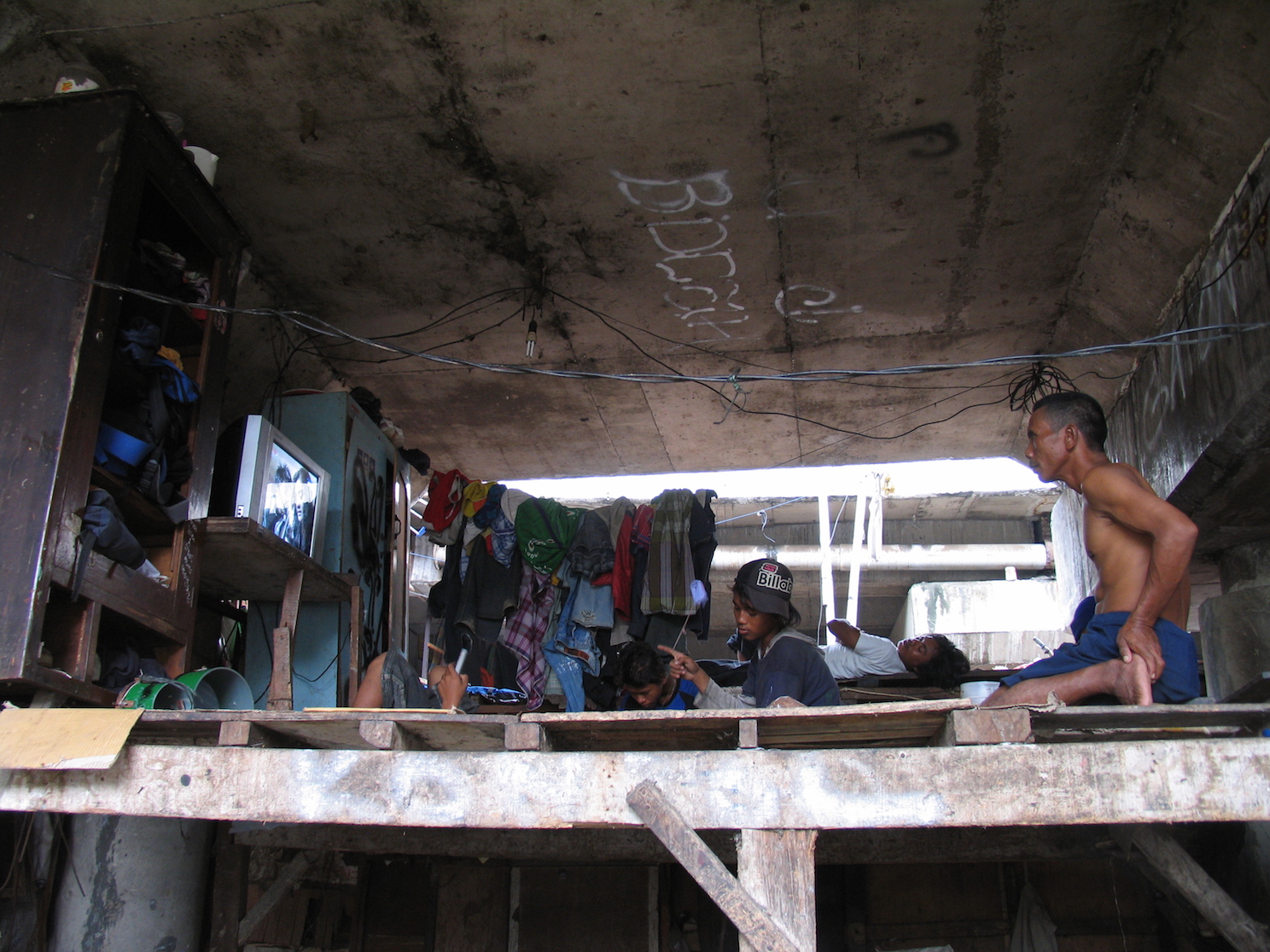
Excerpts of the most common definitions of ‘failed states’ are stated in the Encyclopedia Britannica, and can perfectly apply to both Indonesia in general, and to its cities in particular:
“The governing capacity of a failed state is attenuated such that it is unable to fulfill the administrative and organizational tasks required to control people and resources and can provide only minimal public services… A failed state suffers from crumbling infrastructures, faltering utility supplies and educational and health facilities, and deteriorating basic human-development indicators…”
Governor ‘Ahok’ tried to change the situation. Crowds cheered. Millions watched, in all the major cities of Indonesia. Hope was born, at first fragile but soon blossoming.
Then suddenly: a tremendous blast, full stop, and collapse! The man who dared to inject several socialist elements into the sclerotic, brutal system, ended up behind bars.
And it is now all back to the old ‘failed state’ scenario. Life is once again thoroughly empty and predictable.
There is hardly any difference between the Indonesian cities. If you put a person in the center or a suburb of Jakarta, Surabaya, Bandung, Semarang, Medan, Makassar or Pontianak, he or she would have no idea, which one is which.
All major streets are choked with traffic jams. There are no sidewalks, and even if there are some pathetic and narrow ones, they are overtaken by aggressive and smoke belching scooters, as well as by unregulated and unhygienic street vendor stalls. Thugs are everywhere, controlling the streets. Almost all side streets have open sewage system. When it rains, entire neighborhoods get submerged under filthy water. Tiny carts, pulled by unclean and underpaid men, collect garbage. All the cities face the same problems, and all the cities look precisely the same.
Sanitation, water quality and garbage recycling facilities are at similar levels to those of the poorest sub-Saharan African countries.
Slums are omnipresent – huge and brutal. In fact, most of the neighborhoods of the Indonesian cities, called kampungs (‘villages’), could easily fit the international definitions of slums.
* * * * * * *
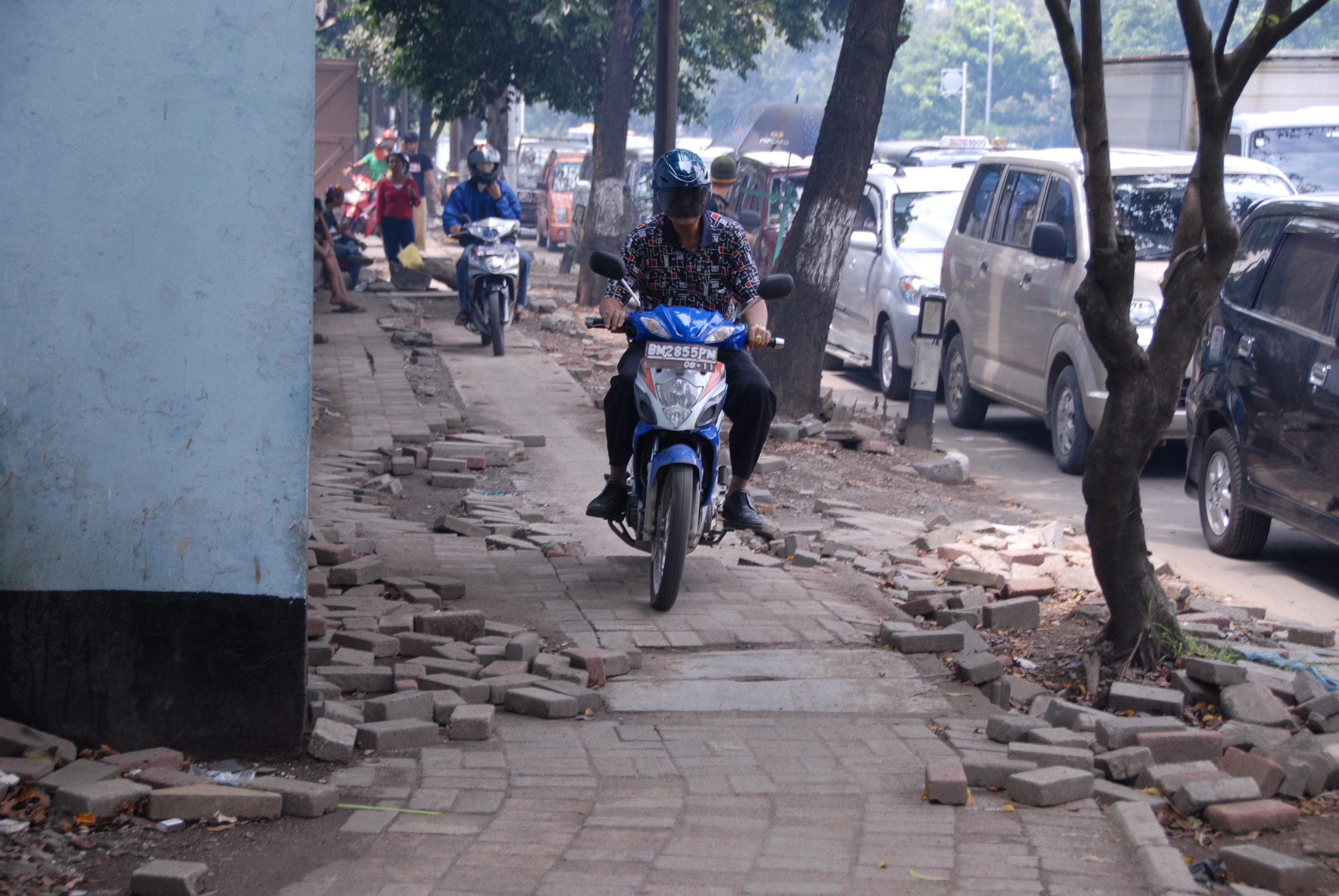
Few years ago I was invited to speak at the University of Indonesia (UI). Various students asked me: “Why? Why is all this is happening in our country? And is there any solution?”
I replied that of course there is a solution: “socialism and central planning. But it would also have to be determined and real, and it would have to include a full-hearted anti-corruption battle, as well as a decisive ban on selling all natural resources and utilities to foreigners.” I added: “And tell your professors to stop salivating over-funding from the West, and flying to Europe in order to learn about ‘administration’, ‘good governance’ and city planning from those who have been robbing your country for several centuries.”
I believe that students liked the sound of what I was saying (not sure they were still capable of understanding the meaning of my words). However, predictably, I was never invited to the UI again.
* * * * * * *
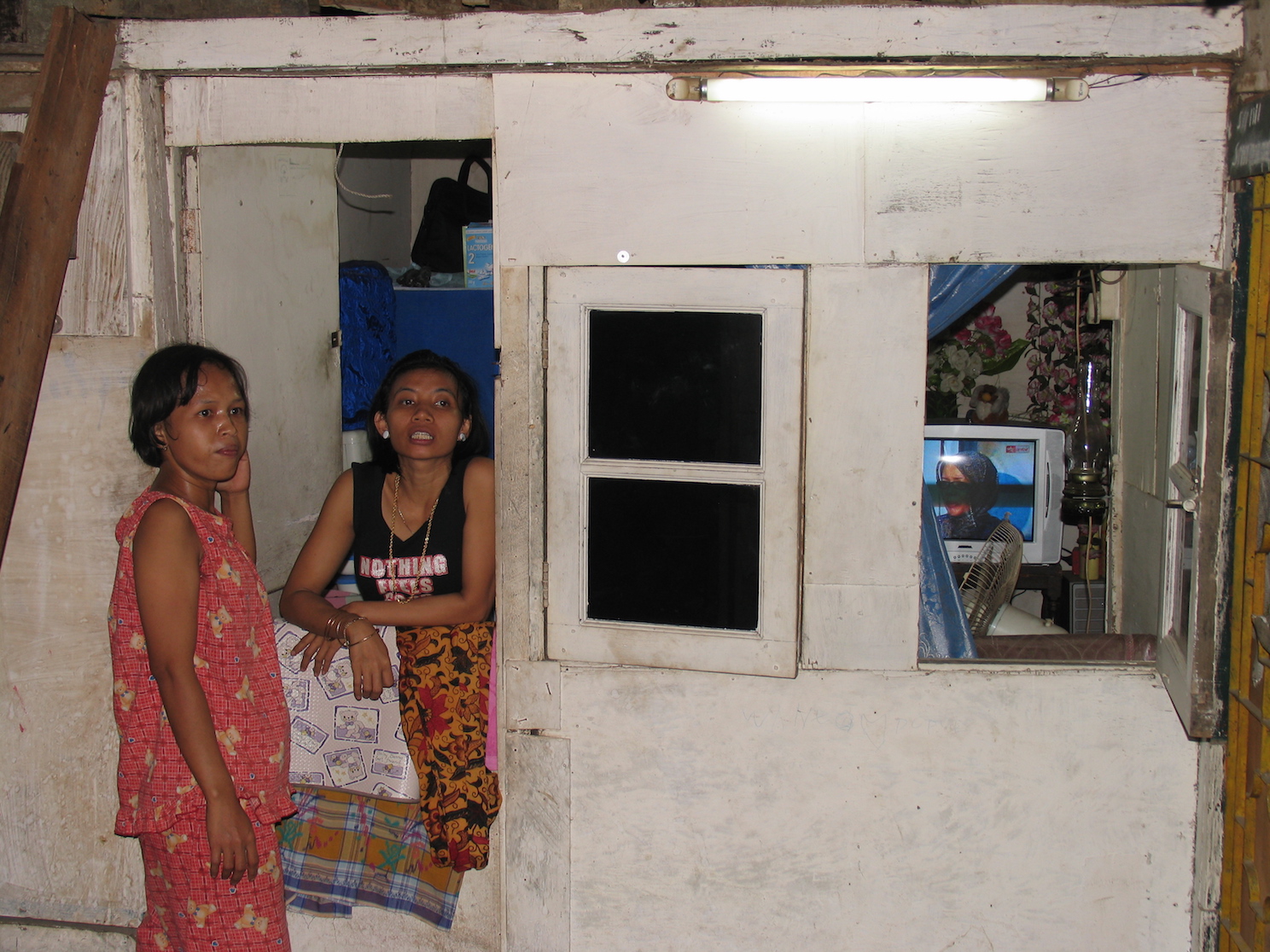
Indonesian cities are like open sores. Everything has been stolen from them and as a result, what makes life bearable is clearly missing. Only what the ‘elites’ do not want, is what has been left for the people.
There are hardly any public parks in Indonesia, at least no parks of any significance. Cities have no river or seafronts, in a striking contrast to South American, Middle Eastern and even African urban areas (not to speak of tremendous and beautiful public spaces, parks, promenades and exercise areas in China).
Dirty, clogged and polluted driveways are called ‘streets’ and ‘avenues’. There are no sidewalks, or if there are, they are just one meter wide, with broken tiles or deep potholes. Where sidewalks are not really needed, there may be actually some built – along one or two streets in the very center and in front of some government buildings, connecting basically nothing. This clearly shows that nothing is actually designed for the people.
It is important to understand that the government of Indonesia, on all levels, is not actually an institution that consists of men and women who are determined to improve the country and to serve its people. On the contrary!
In Indonesia, a great number of politicians belong to or are somehow affiliated to the military, which has ruled the country brutally since the 1965 Western-backed military coup. That coup destroyed everything socialist and Communist, banned Communist ideas, and murdered between 1 and 3 million people, including almost all the progressive intellectuals. On top of it, most of the politicians are businesspeople, tycoons and oligarchs, and the great majority of them of unsavory reputations on top of it. They have been robbing the nation and its people for more than half of a century, and there is absolutely no reason why they should stop doing it now, or anytime soon. For these individuals, to grab the top political positions is nothing more than about maximizing the profits.
‘Indonesian democracy’ which the West loves to glorify (no wonder, as Indonesia de-facto functions as an obedient colony, plundering its own citizens and resources on behalf of the West), consists of countless political parties, of which not one of them is from the left, or defends the interests of common people. Moreover, a great majority of the ‘civil society’, of the NGO’s, are subservient to Western economical and political interests. Many if not all of these organizations are directly funded from Washington, Berlin, London or Canberra. (I described the situation in my latest novel “Aurora”).
Indonesian companies and its government are one single entity. And they are decisively and in unison plundering the entire archipelago of its natural resources. The 4th most populous country on Earth produces almost nothing. (Read my book Archipelago of Fear in English and in Bahasa Indonesia).
The ‘philosophy’ of this unbridled plunder is then applied to ‘urbanism’; to the way Indonesian cities are governed and basically abandoned to the markets. Not even in Africa where I lived and worked for several years, is there such absolute and shameless theft of urban land by the elites (of which members of government are part).
Once all this is determined, to understand the reality of Indonesia and its cities becomes much easier.
Once this is defined, Indonesian cities ‘begin to make sense’.
* * * * * * *
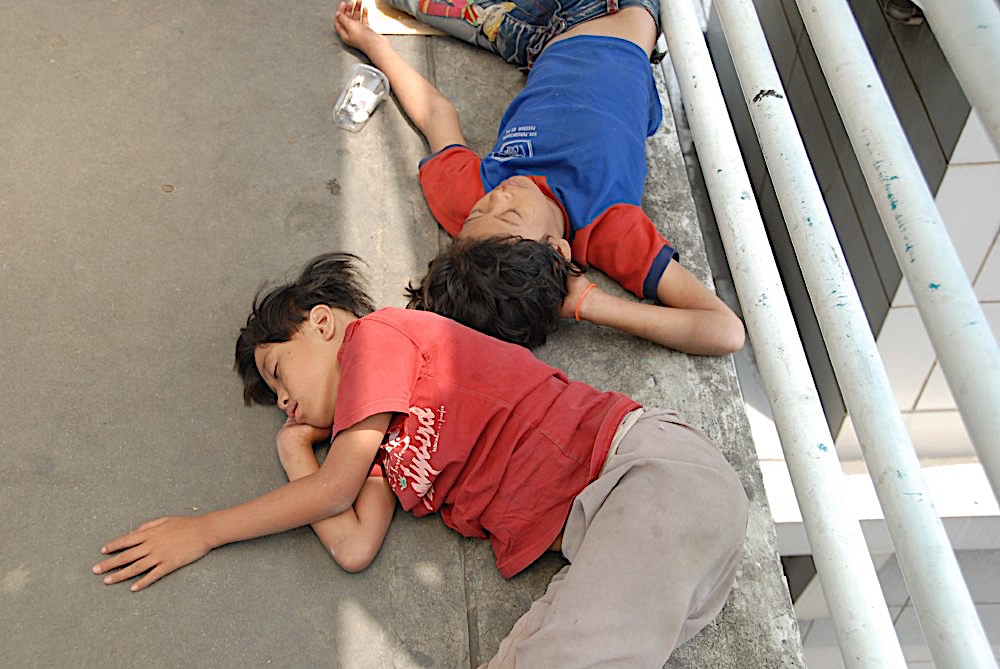
In reality, there is not much that could be called ‘urban’ in the Indonesian cities. Be it a city like Pontianak with 600,000 inhabitants, or Jakarta with 12 million (28 million including the surrounding cities and suburbs).
Wherever one goes, profit over people is taken to the extreme.
Like those logged out, mined out and polluted islands of the archipelago, Indonesian cities are designed in a way that brings maximum income to the extremely small group of individuals and businesses. The price has to be paid by the impoverished, often ill, badly-educated, and literally choking majority.
The tremendously low level of media outlets, education, pop entertainment, as well as constant religious encroachment and feudal family structures, are purposefully spread and upheld, so the population does not think, does not doubt and does not rebel.
The results are shocking.
Indonesian cities are like palm oil plantations or open-pit mines, with some elements of military barrack colonies (of course there are some special quarters for the overseers, with large and kitschy houses, like those that dot South Jakarta).
Here, nothing is constructed to make life great, colorful, ecstatic, meaningful and happy. There are no permanent concert halls, no theatres, and no grand public museums (one that recently opened is private, and serves to further politically indoctrinate people, this time targeting the ‘urban middle class’). There are no pedestrian neighborhoods, and no free and public seafronts.
Not one architecturally valuable structure has been constructed in any Indonesian city after the 1965/66 military/religious coup.
In Indonesia, a ‘public area’ is synonymous with a mall, in fact with countless malls of various sizes and qualities. Inside the malls, there are chain eateries and chain shops, as well as cafes. There are also a few cinemas, showing mostly Hollywood junk or local horror films. On the weekends, there are bands playing old Western and Indonesian pop tunes, offering absolutely no variety. Some 50 songs are recycled again and again. The most favorite is, predictably: “I did it my way”.
There is nothing ‘extra’ in the Indonesian cities. Here everything is stripped to absolute basics: you somehow survive on your meager salary (with prices, at least for the food and consumer goods being as high or higher than in Tokyo or Paris), you somehow move to your workplace and back, sitting for hours every day in horrific traffic jams as there is no public transportation even in such cities with 2-3 million inhabitants, like Surabaya or Bandung. You cook and wash your dishes and clothes in terribly polluted water, and try to save on outrageously high electricity bills. There is absolutely nothing to do in your neighborhood. There is of course always a mosque nearby or sometimes a church, if that’s what you fancy. There are no parks, no playgrounds for children. There is no sidewalk to walk to a cafe, and so, if you want to actually go to a cafe or to a bookstore (all the bookstores in Indonesia are increasingly poorly stocked and heavily censored), you have to jump onto your scooter or into your car again, if you have any strength left.
The chances are – you have no time for anything, anyway. A 3-4 hours long daily commute, your exhausting work, and all you have time for is to collapse in front of the television set and get indoctrinated, neutralized and idiotized even further.
You learn to smile when you actually want to die, or at least to shout. You sense that nothing could ever change for better, and that your life is finished, perhaps at 25, or ever earlier.
Eventually, some people do it sooner than others: you become religious, and you become traditional, conservative and ‘family-oriented’. There is nothing else, really. The cities of Indonesia will make sure that there is nothing else. They are the perfect machines, manufacturing obedience, extracting everything from human beings, and giving nothing in return.
* * * * * * *
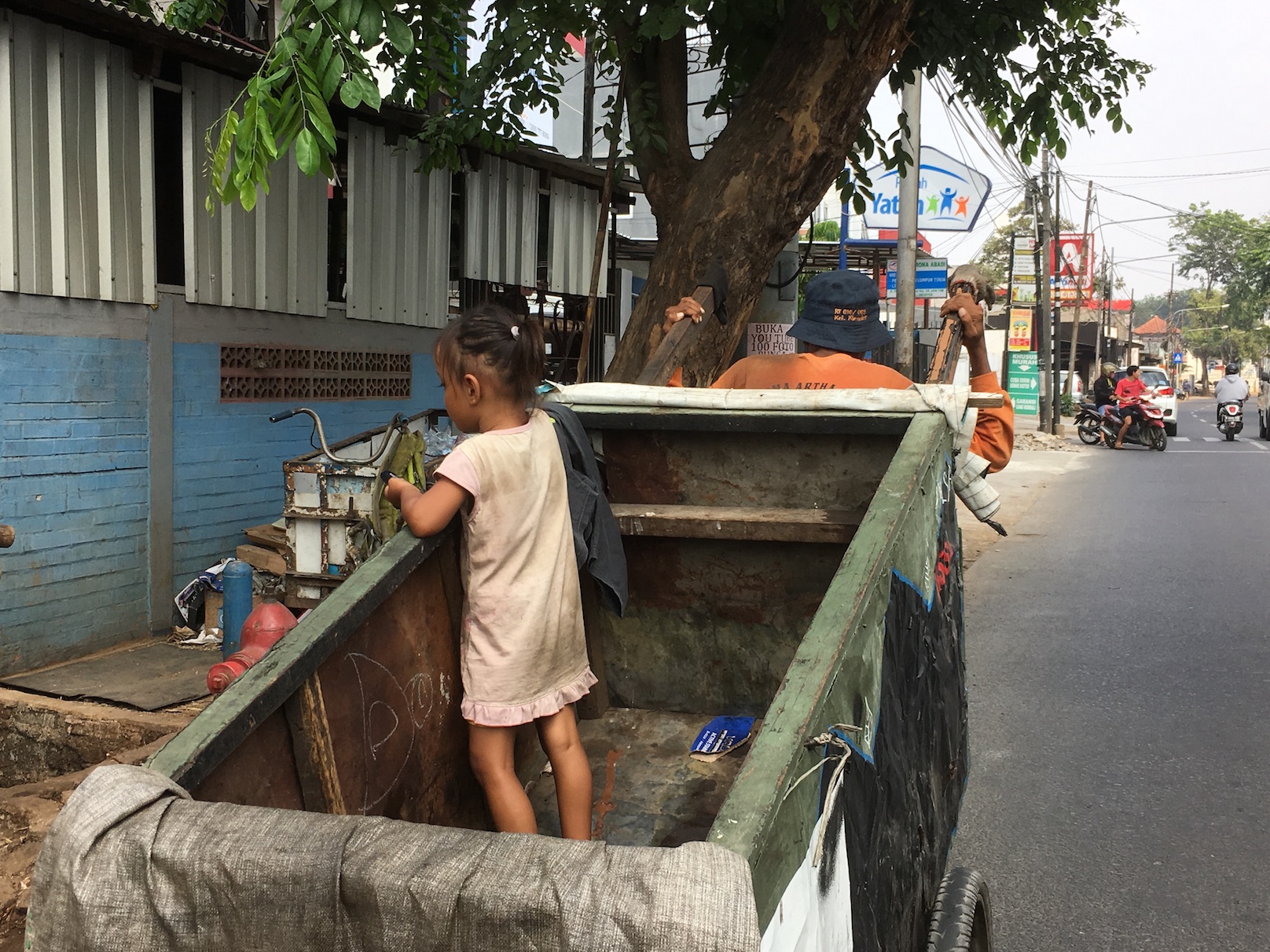
I often describe the coup of 1965 as a “Cultural Hiroshima”. While in Japan, the US openly experimented on the health of millions of human beings, in Indonesia the experiment was of a totally different nature. The area of interest to the Empire was: “What would happen with a progressive anti-imperialist nation that counts on a complex and diverse culture, if it is bathed in blood, if its theatres and film studios are shut down, 40% of teachers get murdered, women from left-wing organizations get their breasts amputated, writers are locked in Buru Island concentration camp, and urban planners are thought to design cities like Houston, Dallas or LA, but in a country with salaries that are 10% or less than those of the U.S.A.?”
The answer is simple: “It would turn into Indonesia. It would become Jakarta, as it is now”. For the Western demagogues and the imperialist planners, “Indonesia” and “Jakarta” are not only the names of the country and the city: they are names of the concept, of a model.
This model, forced on the colonies, is perfect for the West and its interests.
It is also perfect for the Indonesian ‘elites’, who are often getting dirty at home, plundering all they can, but do relax and play and often evacuate their entire families to Singapore, California, Australia, Hong Kong and many other ‘safe and clean’ places.
It is the cheapest; the most efficient of concepts designed to plunder, and to royally fuck a nation. Not surprisingly, the West has tried to replicate this ‘successful Indonesian model’ in many parts of the world.
It even tried to inject it into Russia, after the USSR was first mortally wounded and then destroyed. It tried to force it on Chile… My much older friends in Santiago told me that before the 9-11-1973 coup perpetrated by General Pinochet on behalf of the West and its companies, several people around President Allende were threatened by the right-wingers: “Watch out, Jakarta is coming!”
* * * * * * *
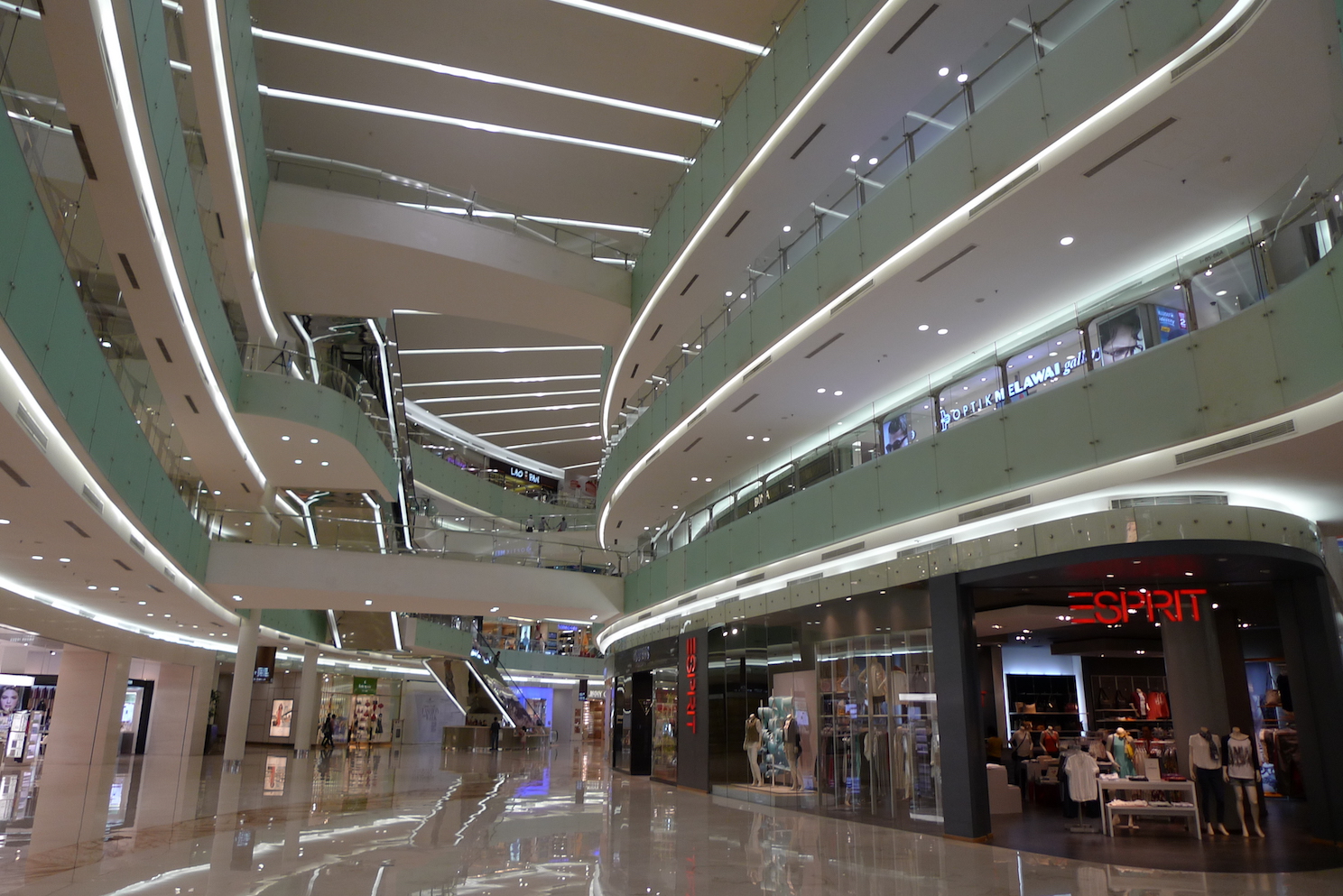
Jakarta came! It is here, all over Indonesia, in all of its cities, and to varying degrees in most of the countries that have fallen under the Western neo-colonialist boot.
But what does it really mean, ‘Jakarta’? Is it just a name or is it also a verb, an infinitive? “To Jakarta…”
It is ‘to take everything away from the people and to give nothing back’. ‘To Jakarta’ is to lie and to loot and to convince human beings, through long decades of indoctrination, that everything is just fine, and as should be. ‘To Jakartize’ the nation is to make almost the entire population irrelevant, to deliver the loot on the silver trays to both local and foreign rulers, leaving only dirty and polluted rivers and canals behind, as well as tremendous traffic jams, smog, bizarre overpasses with no escalators, and broken tiles along the driveways.
The ‘Jakartized population’ is obedient, explosively violent, edgy, but not towards the regime, turbo-capitalism, corrupt elites and their Western masters, but towards each other, as well as towards the minorities.
Jakarta gets very little criticism from the official mainstream Western and local media, and almost no genuine analysis from academia. No surprise: to attack the reality of the Indonesian cities is like attacking the entire Western neo-colonialist system imposed on various parts of the world. To tell the truth would destroy any journalistic career, as it would torpedo almost any chance for a well-remunerated university tenure!
Very often, all that one could expect in terms of a realistic description of the situation in Indonesia, are random exclamations overheard on board departing airplanes, or some ‘anecdotal evidence’ from the pages of travel magazines and blogs. It appears that what normal people see with their own eyes is in direct contradiction with what the mainstream media and academia presents as ‘facts’.
On 17 September 2017, a Malaysian newspaper The Star wrote:
“Based on a real-time air quality index uploaded to the Airvisual application at midday on Friday, Sept 15, Jakarta ranked third as the most polluted city in the world… In mid-August, the application showed that Jakarta was at the top of the list, followed by Ankara, Turkey and Lahore, Pakistan.”
“Escape Here” magazine ranked Jakarta as the No1 city in its report “The 10 Worst Traffic Cities in the World”:
“It happens to be the country’s capital and one of the most poorly designed cities in the World, a combination that makes getting around here a disaster. An ever-increasing number of car owners that come from the expansion of suburbia that surrounds this mega-city are to be blamed for the 400 hours a year that citizens spend in traffic. It is actually hailed as being the worst traffic in the world. It doesn’t seem like there is any solution for this mega-city as the infrastructure here falls into the hands of the local government and contracts are renegotiated annually; which means long-term projects are pretty much impossible. An average trip in this city takes about 2 hours…”
On 2 September 2015, even the official propaganda English language newspaper of Indonesia, the Jakarta Post, re-published the survey ranking the horrendous Indonesian capital as the 9th ‘un-friendliest city on Earth’:
“Jakarta, the Indonesian capital notorious for gridlocks and bad air pollution, ranks 9th among the world’s least friendly cities this year, a recent survey by an international travel magazine shows. Readers of the highly regarded luxury travel magazine Conde Nast Traveler included Jakarta for the first time on its ’10 unfriendliest cities in the world’ list this year. In the survey, one of the readers said Jakarta was ‘the scariest place I have ever been to ‘with its congestion and aggressive locals.”
The ‘scariest place’: but of course! What could one expect from the capital city of the country that in the last half a century has committed 3 monstrous genocides (against its own population in 1965/66, against the people of East Timor and an on going genocide against the people Papua)?
What could one expect from cities that have been totally robbed of green spaces and in fact, of everything that could be called ‘public’, where the arts have disappeared and where absolutely everything has become commercialized; where everything and everybody is now expected to be the same – behave the same way, look the same way, sound the same way, taste the same way.
Try to look different, and if you are a Papuan, Chinese, African, or white, just try to walk on those broken tiny sidewalks of Surabaya, Jakarta, Pontianak, or Medan. You will be shouted at; you will immediately become the target of naked racism. People will stop and point fingers, or worse.
A few days ago I filmed from a boat sailing on a polluted river passing through Pontianak city, on an island in Borneo. Two children on the shore immediately raised their middle fingers and began yelling: “Fuck you!” Just like that: with no warning and for no reason. And this is, of course, not the worst that could happen. If I was Chinese… were I an African… Everybody knows it. Nobody speaks about it, nobody writes…
According to Western ‘analysts’ and academics, Indonesia is a ‘democratic’ and ‘tolerant’ nation. The deeper it is sinking, the more oppressive and intolerant it becomes, the more devastated it gets, and the more it is glorified.
Lies are piled up on lies. “The Emperor has beautiful clothes’, everybody shouts, as in that old children’s tale. But in fact, he is naked!
It is clearly “political correctness” at work. One is supposed to be ‘sensitive’ to the local ‘culture’, religion, and way of life. The only defect of this approach is that in countries such as Indonesia, the local culture, its way of life and even the extremely aggressive religions, are all the direct result of the fascist regime that was directly imposed onto this nation by the West after the 1965/66 slaughter. had the socialist pre-1965 course be allowed to naturally flow, Indonesia would now be a truly normal, socially-balanced, secular and tolerant nation, and its cities would serve the people, instead of the other way around.
Here, the ‘political correctness’, is once again, protecting the crimes against humanity that have been committed by the West, by the local elites and the military, as well as by the religious leaders. The local ‘culture’ is not being protected at all, as it is actually dead, murdered.
The cities are dead as well. Their carcasses are stinking, horrifying, monstrous, stripped of all hope. People living in them are choking, humiliated, marginalized, unwell, and constantly robbed by the system.
Bizarrely, it takes an elitist magazine like Conde Nast to notice… It takes random travellers to speak out… One would never read such comments in the reports coming out of the Australian National University or on the pages of the New York Times.
* * * * * * *
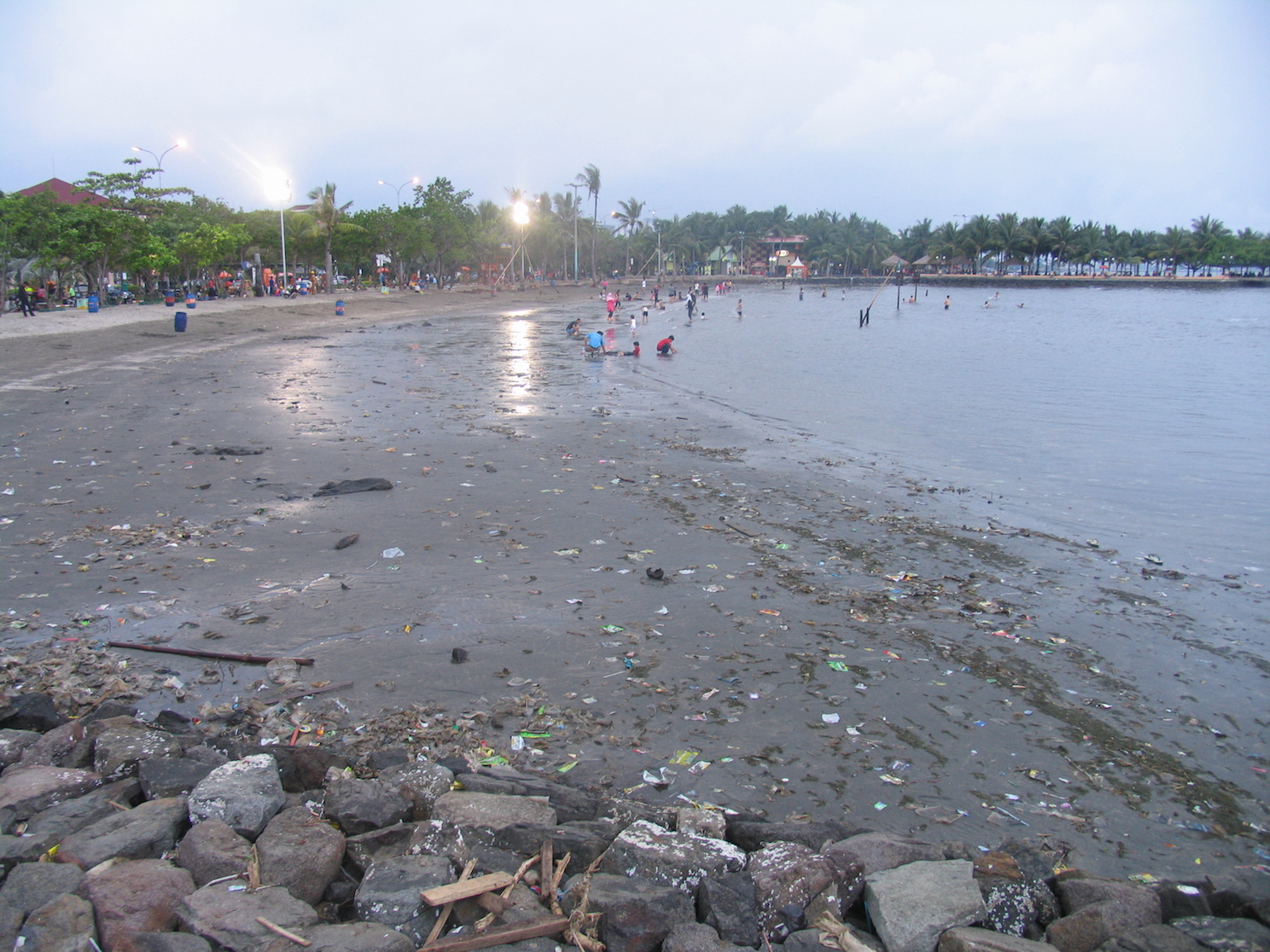
Just outside the city of Surabaya, the second largest city in Indonesia, on the Island of Madura, several enormous ships are being manually cut into pieces and sold for scrap by destitute local people. Periodically things explode, collapse, and people lose their faces or limbs. It is a horrible sight: truly haunted, disturbing. Just like in Bangladesh, although here, it goes almost unnoticed.
In many ways, I believe that the Indonesian cities resemble those ships, and those polluted coastal areas where the ships are broken into thousands of parts and then sold. Once proud, they are now humiliated, in pain, being torn to pieces while still alive.
Only real fascism can treat its citizens this way; only a regime that has lost its marbles, and gone thoroughly insane.
Indonesia cities… What do they really consist of? Well, they are made of those tiny and crammed homes, filthy canals, potholed driveways, of indescribable pollution, of mosques and churches. Then there are a few office towers in their centers, countless shopping malls and several luxury hotels where the elites can escape and take some rest from the daily nightmare, which is ‘normal life’ here. Golf courses everywhere, but no decent public parks, as even those few green areas have been already thoroughly privatized.
* * * * * * *
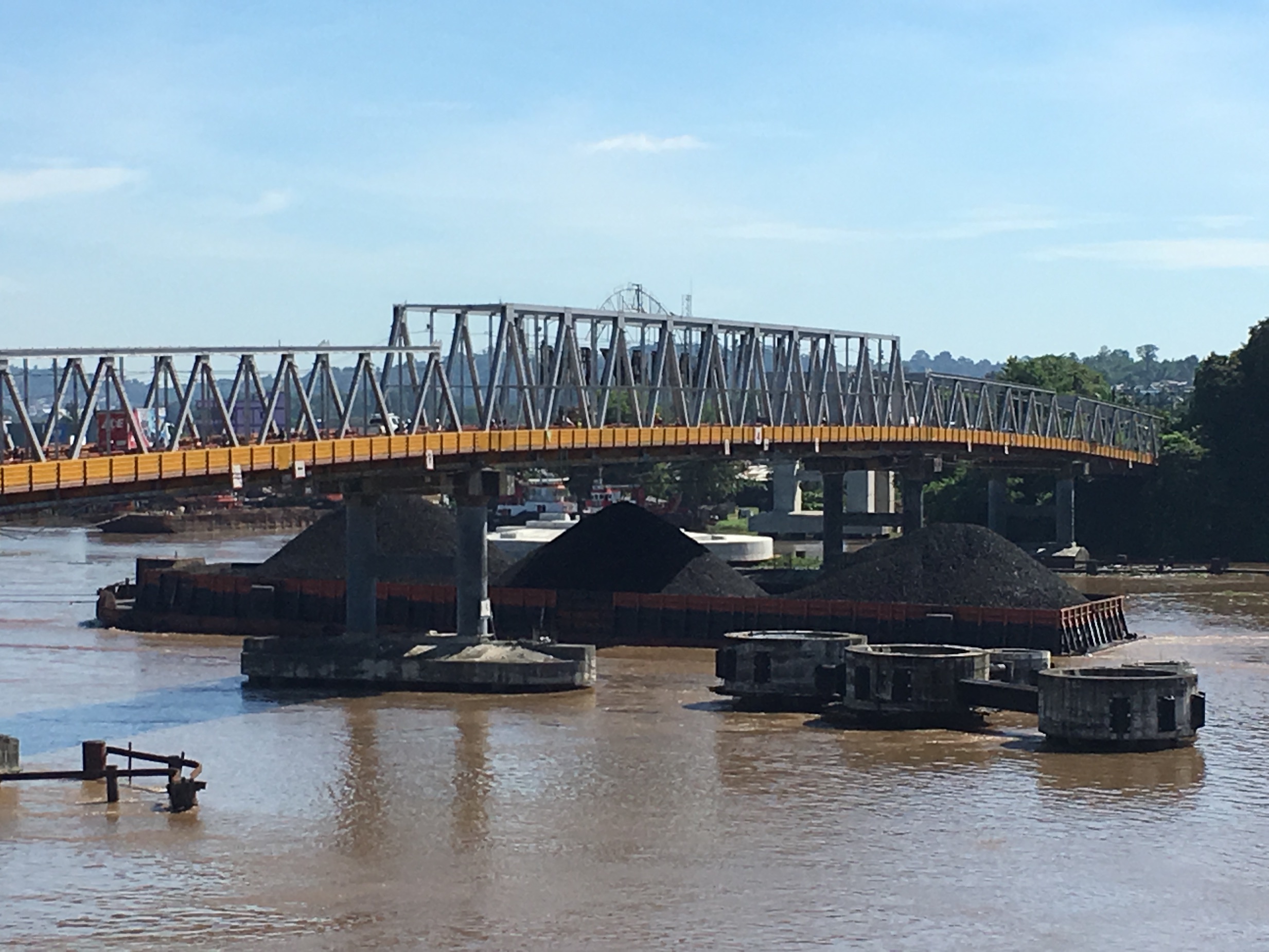
Now the former governor of Jakarta, ‘Ahok’, is in jail for daring to change things; for building public transportation, cleaning the rivers and building a few tiny parks. He is in jail for relocating squatters to public housing, and for trying to serve the impoverished and humiliated majority.
His clearly socialist deeds were immediately smeared and discredited by the elites, by the Western-funded NGO’s and by corrupt city planners. Even when this could not stop his determination and zeal, religion was unleashed. Most of the religions are, after all, regressive, pro-business oriented, and ready to support any fascist regime.
* * * * * * *
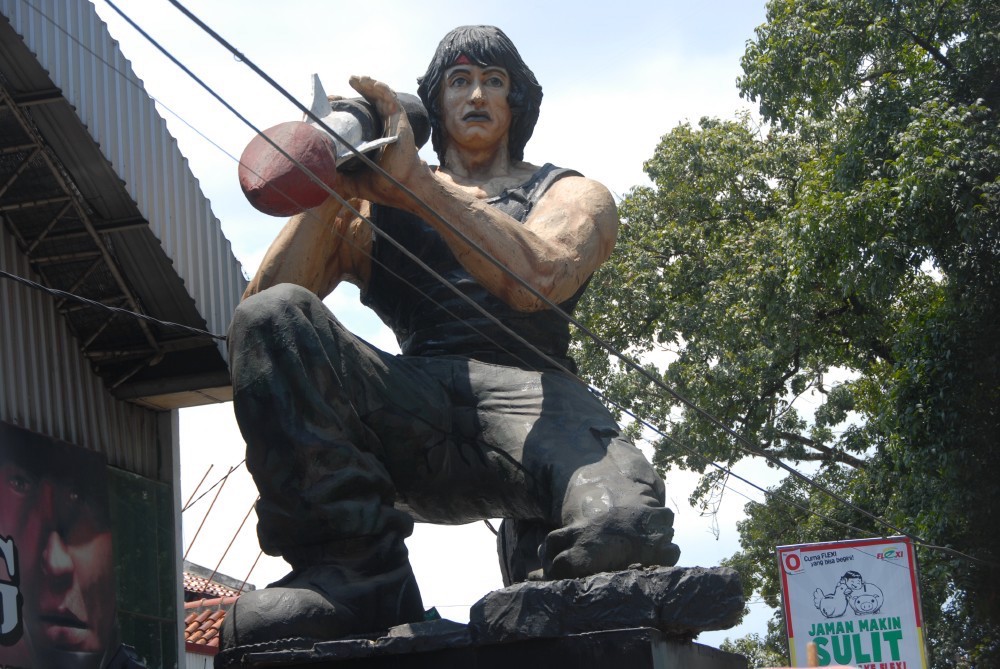
How much deeper can Indonesian cities sink? When are they going to become uninhabitable?
People are already dying; thousands are, unnecessarily – from cancer, from stress, from respiratory diseases.
Millions of human beings are wasting their lives. They are alive, but it is only a bare existence, not really life: they are moving mechanically, cutting through the filthy air on their scooters, eating junk food, constantly surrounded by decay and ugliness.
Why?
For how much longer?
The forests of Borneo, Sumatra and Papua are burning. All over this archipelago, everything is logged out, consumed by mines, ruined by monstrous pollution. The extraction and looting of natural resources is the only real economic ‘engine’ of today’s Indonesia.
The cities are not faring much better. They are actually not faring any better at all.
It is time to wake up, or it could get too late. But the nation appears to be in a total slumber. It does not notice, anymore, that it is really in freefall. It was conditioned not to notice. It was made to accept, even to celebrate its own collapse.
Those who forced Indonesia into all this will not tell. As long as there is at least something left, something that can be extracted, utilized, looted, they will be cheering this great Indonesia’s ‘success’ and ‘progress’.
I encourage all those people from all over the world who would want to see the true face of neo-colonialism, of savage capitalism and right wing disaster, to come to the Indonesian cities! Come and see with your own eyes. Come and take a walk; don’t hide in your comfortable cities full of leafy parks, concert halls, art cinemas, public transportation and theatres.
This is real. This is a warning to the world!
Come and see how cities look like in a country where Communism and socialism are banned, where a colony does not even realize that it being colonized, and where everything is served on huge silver plates straight into the gullet of that monster called fascism.
14 December 2017
Ketapang, West Borneo, Indonesia
Andre Vltchek is a philosopher, novelist, filmmaker and investigative journalist. He has covered wars and conflicts in dozens of countries. Three of his latest books are his tribute to “The Great October Socialist Revolution” a revolutionary novel “Aurora” and a bestselling work of political non-fiction: “Exposing Lies Of The Empire”. View his other books here. Watch Rwanda Gambit, his groundbreaking documentary about Rwanda and DRCongo and his film/dialogue with Noam Chomsky “On Western Terrorism”. Vltchek presently resides in East Asia and the Middle East, and continues to work around the world. He can be reached through his website and his Twitter.
